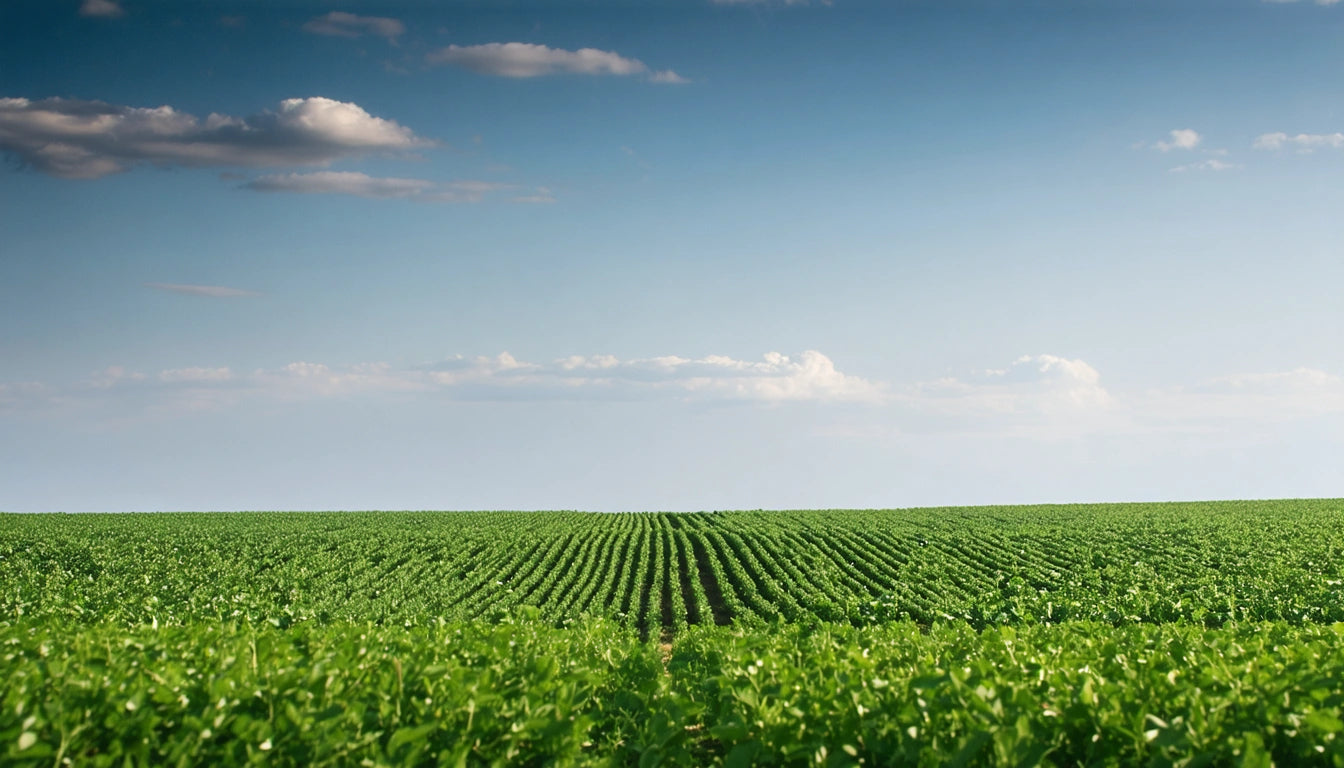Table of Contents
Understanding the Concept of the "Back 40" in Agriculture and Land Ownership
The term "Back 40" resonates throughout rural America, carrying with it a rich history and practical significance for farmers, ranchers, and landowners. While seemingly straightforward, this agricultural expression encompasses more than just a specific acreage measurement. It represents a cultural touchstone that has evolved alongside American farming practices.
Origins of the Back 40: Historical Context
The phrase "Back 40" originated during America's westward expansion when the government distributed land through various homestead acts. The standard plot allocated to settlers was often a quarter section, equivalent to 160 acres. This parcel was typically divided into four 40-acre plots, with the furthest or "back" portion being termed the "Back 40."
Historically, the Back 40 represented land that was:
- Furthest from the homestead or main buildings
- Often less accessible or more challenging to work
- Sometimes containing different soil conditions or topography
- Frequently the last area to be developed or cultivated
Defining the Back 40: More Than Just Acreage
What is the Back 40 exactly? While literally referring to 40 acres, the term has evolved to represent any remote section of farmland regardless of its precise size. The concept is relative to the property's layout rather than adhering to strict numerical measurements, similar to how numerical meanings evolve in different contexts.
In modern usage, what is a Back 40 can be understood as:
- The portion of property furthest from the main operations
- Land that might receive less frequent attention
- Areas that may serve specialized or experimental purposes
- Property that offers privacy or separation from primary activities
Practical Applications in Modern Agriculture
Crop Rotation and Diversification
Many farmers utilize their Back 40 for crop rotation strategies or experimental plantings. This practice helps maintain soil health while potentially introducing new revenue streams. The relative isolation of these areas makes them ideal for crops that require separation, such as organic varieties or those susceptible to cross-pollination.
Conservation and Wildlife Management
The Back 40 often serves conservation purposes, providing habitat for wildlife or establishing windbreaks. Some landowners enroll these portions in conservation programs, generating additional income while promoting environmental stewardship. Proper management of these areas often requires specialized equipment and environmental control solutions like humidity regulation systems for seed storage and propagation efforts.
Cultural Significance in Rural America
Beyond its practical applications, the Back 40 holds cultural significance in rural communities. The expression appears in country music, literature, and everyday conversation, symbolizing both opportunity and challenge. It represents the less tamed, more private section of property where owners might retreat for solitude or personal projects.
The term has expanded beyond strictly agricultural contexts, similar to how certain numerical references like 420 have developed cultural significance beyond their original meanings. In corporate settings, the "Back 40" might refer to underutilized resources or opportunities not yet fully explored.
Management Considerations for Back 40 Properties
Access and Infrastructure
Managing the Back 40 often presents logistical challenges due to distance from main operations. Successful landowners typically invest in:
- Reliable access roads or paths
- Water management systems for irrigation or drainage
- Fencing for livestock control or property delineation
- Storage facilities for equipment that eliminates unnecessary travel
Economic Considerations
The Back 40 represents both cost and opportunity. While maintaining distant acreage requires additional resources, these areas can generate value through:
- Specialized crop production
- Hunting leases or recreational opportunities
- Timber or resource harvesting
- Conservation program enrollment
Understanding how to calculate returns on investment becomes crucial when determining the best use for these lands.
The Future of Back 40 Lands in Changing Agricultural Landscapes
As agricultural practices evolve and land use patterns shift, the concept of the Back 40 continues to adapt. Climate-smart farming practices are transforming how these remote sections are utilized, with many landowners implementing:
- Carbon sequestration projects
- Alternative energy installations like solar or wind
- Regenerative agriculture techniques
- Technology-enabled remote monitoring systems
The Back 40 increasingly represents not just a physical space but a philosophy about land stewardship and the balance between production and conservation. As agricultural operations face pressure to become more efficient and sustainable, these traditionally less-intensively managed areas offer opportunities for innovation and environmental benefit while maintaining their cultural significance in rural communities.
Whether literal or figurative, the Back 40 remains an integral part of America's agricultural heritage and a vital component of modern land management strategies. Understanding what the Back 40 represents helps both traditional farmers and new landowners appreciate the full potential of their property's remote corners.











Leave a comment
All comments are moderated before being published.
This site is protected by hCaptcha and the hCaptcha Privacy Policy and Terms of Service apply.